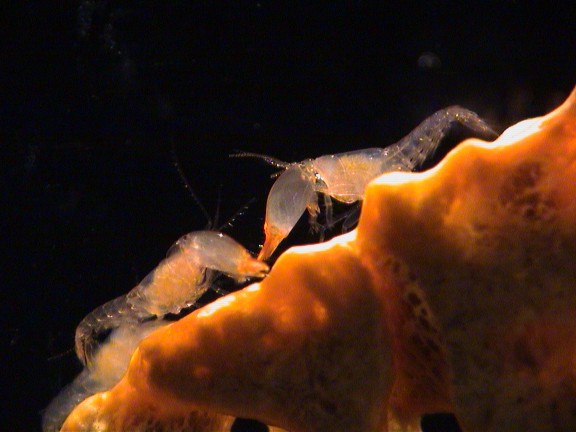
Before joining MarineGEO, Emmett Duffy did research in waters from Australia to Siberia. (Photo: College of William & Mary)
by Kristen Minogue
It’s “the largest, coolest marine biological project on Earth,” according to its new director, Emmett Duffy. On Sept. 16 Duffy came on board the Tennenbaum Marine Observatories Network, a.k.a. MarineGEO–the Smithsonian’s global network to monitor the oceans. So far it has four stations tracking the ocean’s chemistry and biology, from SERC in Maryland to STRI in Panama. They plan to add at least 10 more in the next decade. Now, after two months on the job, Duffy shares his vision in this edited Q&A.
What’s the main purpose of MarineGEO?
The overall goal really is a very ambitious one. In my mind, it’s to understand what’s at the heart of how marine ecosystems work…and that is biodiversity. The living web from microbes to large predators that are responsible for ecosystem processes like fish production and habitat creation. So basically what we want to do is map marine biodiversity and what it’s doing across the globe.
Why is it so important to have a global network to monitor the oceans?
We depend on the ocean in many ways, and yet now that there are 7 billion people on Earth, we’re having a very strong impact nearly everywhere. Even the very deepest trenches of the ocean have not escaped human impact. The ocean is important to everybody in producing the oxygen we breathe, fish that we eat, and so on, no matter where you live. So understanding those ecosystems is more than a matter of academic curiosity; it’s a necessity.
You mentioned the Great Barrier Reef as one of your favorite sites to research. Why?
I spent a month there during my formative years of grad school, and it was almost like a religious experience. It was so amazingly beautiful and full of the most bizarre animals you can imagine. That was like biodiversity nirvana.
Your other favorite site was Lake Baikal in Siberia. What made that place so memorable?
It’s unlike anywhere else, like a vision from another ecological era, because it is in fact ancient and isolated. The entire place is overrun with these amphipod crustaceans….They’ve gone completely crazy in Lake Baikal. There are hundreds of species that appear nowhere but there.
What was the most surprising thing you’ve discovered in your research?
The discovery that there are tiny shrimp on coral reefs living in sponges that are acting very much like ants and termites. They live in large colonies, hundreds of individuals with a single female queen who’s breeding. This is an extremely unusual phenomenon among animals….Darwin himself lost a lot of sleep wondering how social insect colonies could exist with only one individual breeding.
Why doesn’t it trouble you that you’re leaving your research to work as a director?
Strictly speaking, it’s administration, but it’s basically in charge of the largest, coolest marine biological project on Earth.



MarineGEO is a great project!!!